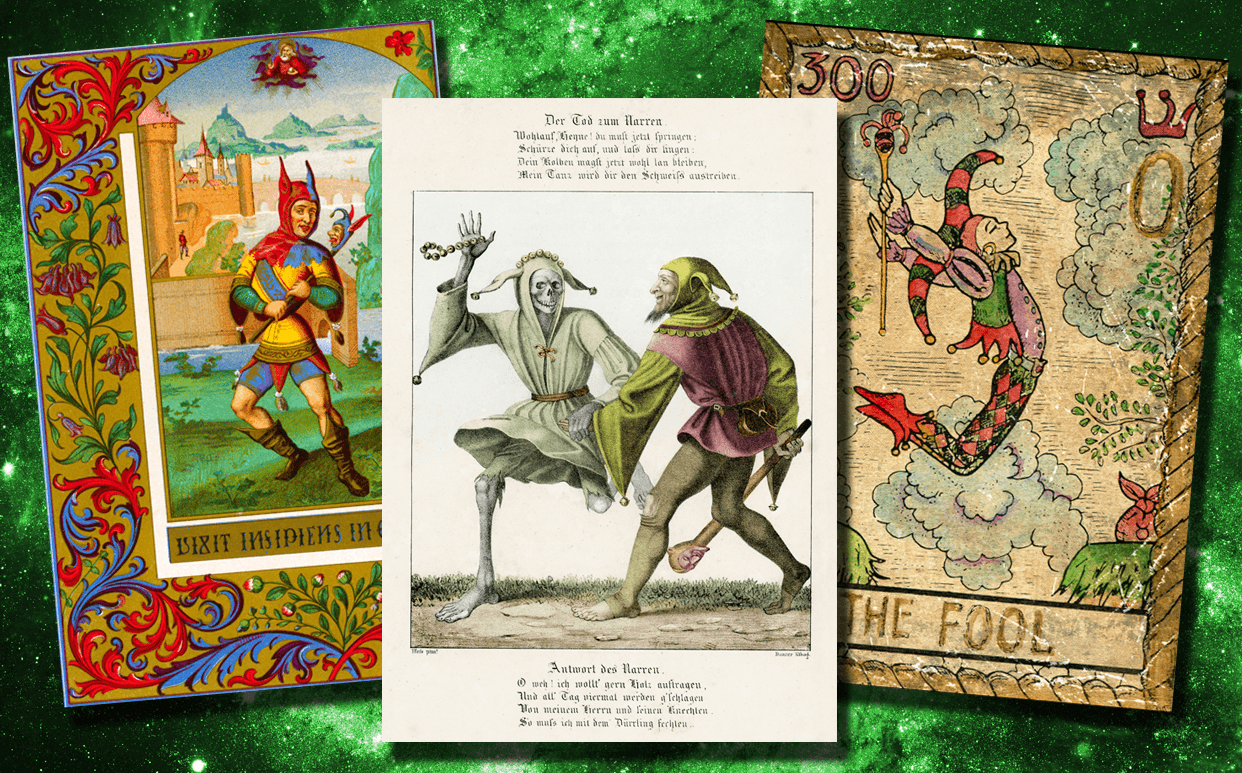An Introduction to Different Tarot Decks

Tarot cards are commonly used as a divination tool to uncover the forces at work in your life. You are probably familiar with some of the images or card names. Tarot cards originally started as a card game that originated in northern Italy and southern France in the 15th century. These original cards include trump cards, which are also known as the major arcana, as well as court and pip (numbered cards) cards that make up the cards of minor arcana. Over the centuries, tarot cards have transformed from a parlor game to a serious divination tool with a strong history grounded in ancient archetypes and evolving philosophies.
Contemporary Tarot Decks
Rider Waite—First published in 1910 by William Rider & Son of London, this is one of the most popular tarot decks published and is also known as the Rider-Waite-Smith deck. Edward Waite designed the deck in partnership with illustrator Pamela Smith. Each detailed card is highly symbolic was a fresh interpretation of the traditional cards. This is one of the first decks that had detailed illustrations for each of the major and minor arcana cards.
Morgan Greer—Inspired by the Rider Waite tarot deck, The Morgan-Greer Tarot was designed by Lloyd Morgan and artist Paul Foster Case in 1979. These cards are highly symbolic and add an extra layer of meaning through the use of vibrant color to evoke emotions. The illustrations are also at a closer range with no borders so the picture goes to the edge of the card.
Thoth—Conceived to be an update of a traditional tarot deck, Thoth tarot cards include symbolism from a range of disciplines, including the occult, science and philosophy, as well as other ancient mythologies. The deck was first published in 1969 with a new version printed in 1996. Lady Frieda Harris illustrated this deck under the direction of Aleister Crowley.
Historic Tarot Decks
Visconti-Sforza Tarot Deck—As one of the oldest tarot decks in history, the Visconti-Sforza deck is one of the main inspirations of modern tarot decks. Many of the most popular tarot decks derived their numbering and symbolism from this deck. First designed in the 15th century, there are no remaining complete collections of the Visconti-Sforza tarot deck; instead there are different collections around the globe that include a variety of the original cards.
Tarot of Marseilles—Also known as the Tarot de Marseille, this is one of the original French variations of a tarot deck. It set a standard pattern that is still used by many modern variations of tarot decks. This deck is closely related to Italian playing cards of the same time and includes 56 cards in four suits.
Whether you are just embarking on your journey with tarot cards or are delving deeper into their history, there is much to learn about this ancient game and divination tool. In time, you will find that you may be drawn to one deck more than another, or that you enjoy analyzing the symbolism of many different decks. Either way, you will be joining the ranks of historical figures who have turned to the tarot cards to find answers to life’s most difficult questions.









